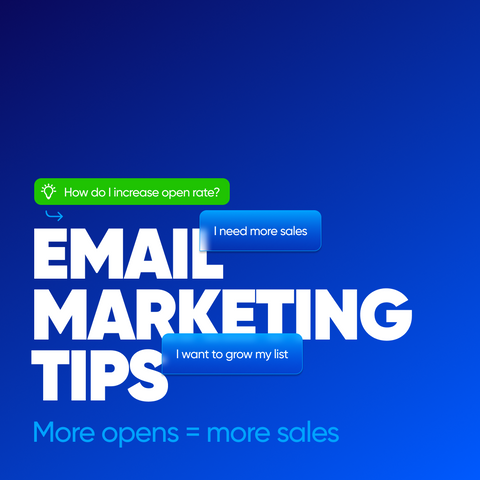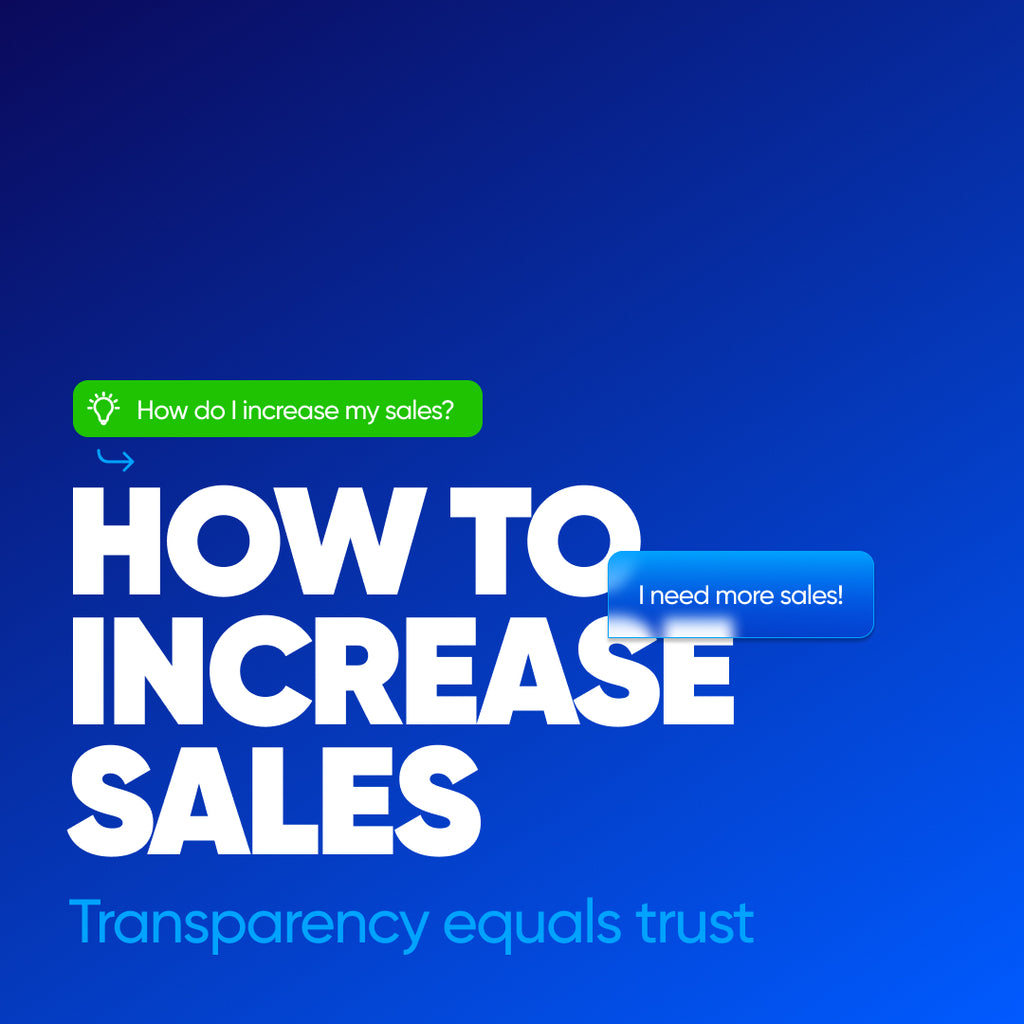Email marketing is undoubtedly one of the most powerful tools for any digital business today. Nevertheless, success, in most cases, always narrows down to one element: the subject of your email.
Just like the headline of a news article or blog post, the subject line is the very first thing your recipients see when they get your email. It’s that one decisive factor as to whether or not your email is going to be opened or overlooked.
You can create awesome open rates by coming up with catchy email subject lines that help you do much better with your email marketing campaigns.
How Important Is Your Email Subject Line?
It's hard to overstate the importance of the email subject line. After all, in most cases, it is the very first interaction someone has with an email, and it greatly influences whether your message will be read or not.
Some reasons an email subject line is that important are as follows:
First Impressions
An engaging subject line gives the very first glimpse of your message. A catchy and appealing subject line can capture the recipient’s eye and raise the email open rate.
Relevance
An effective subject line can immediately give the relevance of your email to the recipient. This becomes especially important in business communications since business people are flooded with emails every day.
Organization
It helps the recipient in organizing their inbox effectively. A clear and descriptive subject line allows individuals to sort and prioritize emails more easily.
Email Deliverability
The subject line can play a very big role in email deliverability. Spam filters often check the subject line as part of the filtering process. Therefore, a poorly written subject line will automatically send your email to the spam folder.
Call to Action
Sometimes, a strong subject line alone might act as a call to action, which leads to the opening of the email and drives the consumption of content.
Effect of Subject Line on Email Metrics
Strong and catchy subject lines of email campaigns have a fundamental impact on all the major metrics of email campaigns: open rates, click-through rates, and conversion rate.
Open Rates
Subject lines directly impact how often your email will be opened. For example, personalized subject lines raise open rates by 22%. On the other hand, specific words can even have a negative impact on open rates; a “newsletter” in a subject line can drop open rates by 18.7%. Cold email subject lines should be personalized and compelling to effectively reach potential customers and improve open rates.
Click-through Rates
A subject line that drives action not only increases the open rate but also increases the click-through rate. This is because creating urgency or adding an offer, such as "free," increases the open rate, which usually correlates positively with the click-through rate.
Conversion Rates
Ultimately, the real measure of success in email is not open rates, but rather conversion rate versus return on investment. More effective email subject lines get importance here as well.
Case studies have shown huge increases in conversion rates by simple resending of emails with better subject lines to those recipients who did not open them the first time. Crafting the perfect email subject line can significantly boost conversion rates by making a compelling first impression and engaging the recipient right from the start.
Best Practices To Compose Email Subject Lines
It is always useful to be aware of effective guidelines that make your email marketing subject lines impactful. Email marketing subject lines serve as the first impression for recipients and play a critical role in driving open rates and overall campaign effectiveness. Let’s delve into the details of these practices here.
1. Concise
If the email subject line is too long, it gets cut off, and that can be a problem, particularly for people reading an email on a mobile device. So, you have to be concise and brief; keep them under 50 characters so they display in full.
Short and concise subject lines get better readability and comprehension, thereby making them more prone to being clicked on.
2. Use a Familiar Sender Name
If the sender cannot be identified by the recipient, they might as well delete the email. An unrecognizable sender name does not establish trust, so the email is largely ignored.
3. Personalize
There is no difficulty in adding the recipient's name or personal information to the email. Adding these on the subject line, the mail is very appealing and relevant to the reader. Personalizing builds a rapport and shows one how one knows what the receiver is interested in or needs.
4. Use Actionable Language
Verbs can drive people to click. Messages that provoke them to act after reading lead them to engage with your email content without any more delay. Action words like join, shop, and donate help in increasing open rates.
5. Create a Sense of Urgency
If the recipient thinks they could potentially be missing out, they would, in all probability, open the email. Crafting a compelling subject line is essential to create this sense of urgency. Other words that are sure to do one act with urgency are ‘limited time,’ ‘urgent’, or ‘last chance.’
6. Stress the Value
What can the recipient of your email potentially get? Be sure to put into the message what value the recipient is getting should they respond and click.
7. Pose a Question
Putting a question in the subject line will appeal to the receiver's curiosity, hence prompting them to open the email and see what the answer is. It creates a sense of curiosity in the reader and forces them to investigate further.
8. Avoid Spam Triggers
Some of the words and methods are such that it makes the email get filtered as spam. Well crafted subject line with capital letters, exclamations, and question marks or lines with words free or buy more usually get categorized as spam. So make sure not to use such words in your email subject lines.
9. Try Different Strategies
What works for one audience might not work for another, so it's important to conduct A/B testing to find out what your recipients respond best to. Experiment with different approaches to optimize your subject lines and improve open rates.
10. Proofread
Misspellings and grammatical errors actually don't look professional and reduce open rates. You should always proofread the subject lines to make sure there are no errors.
Examples of the Best Email Subject Lines
Here are a few examples of some great subject lines that have been tried, tested, and proven to hold the audience’s attention and boost opens:
-
"Your order has been shipped."
-
"Your prescription benefits are expiring."
-
"You're Losing Points!"
-
"Don't lose out on…"
-
"This is Your Last Opportunity to Register."
Email Marketing Analytics Tools and Techniques
Analytics tools play a very major role in the proper measurement and optimization of email marketing campaigns. This is even much more important when one wants to come up with curiosity inducing subject lines for emails.
Tools such as Google Analytics, QuickMail, and HubSpot have been developed to provide an organization with deeper insights into the performance of their email campaigns.
Google Analytics
One of the major reasons Google Analytics is highly valued is its depth and complexity. It will give you every detail about how users engage with your website once they click on the email link. You can track metrics like the length of the visit on the website, pages visited, and even actions taken, like purchases.
QuickMail
QuickMail is a cold email software with easy-to-use analytics, especially for email marketing. You get real key metrics on your email campaigns, such as open rates, click-through rates, and conversion rates directly in your dashboard.
More than that, you get easy integration with Google Analytics so that data moves through the interface from email campaigns to website analytics seamlessly.
Hubspot
What really differentiates HubSpot from the competition is its blend of email marketing tools with CRM capabilities. It offers detailed reporting and analytics that contain the basic metrics and intelligence on how these metrics affect your sales pipeline and revenue.
Its tools are considered best of the breed not only for their ease of use but also for making valuable, actionable insights into helping people realize how a customer travels from that very first contact to eventually making that final sale.
Tracking Performance Using These Very Tools
To use these tools efficiently in tracking subject line performance, the following steps have to be done:
Putting Up Proper Tracking
Make sure that all of your email campaigns are tagged with the correct tracking code. Some tools also enable you to utilize built-in analytics to track open rates and other related metrics.
Integrate the Tools
Plug your MailChimp account into Google Analytics so you're passed through and can see how email interactions lead to behavior on your website. This could help in seeing how many people opened an email and what they did on your site afterward.
Continuous Tracking
Keep track of this sales data from tools regarding how well subject lines are doing. Look for trends in open rates, click-through rates, and conversions to know exactly which subject lines really resonate with your audience.
Test and Iterate
Run A/B tests on different subject lines and see how they resonate with your target audience. These analytics tools offer A/B testing, so you can set up optimal email subject lines using data-driven information.
Tools and techniques of analytics applied above will help you trace very valuable insights into how the subject lines are going to affect email performance, thus giving you very critical knowledge in making data-driven decisions toward the betterment of your email marketing strategy.
Data-Driven Strategies to Craft Effective Subject Lines
Data-driven strategies when writing email subject lines are different when it comes to maximizing the effectiveness of your campaigns.
A/B Testing
A/B testing, or split testing, is a must to find out which subject line will yield the best result. By creating two variations of a subject line and sending them to two different segments of an audience, you'll be able to analyze which one performs better with open rates, click-through rates, and other relevant metrics.
Here's how A/B testing can be broken down in simple terms:
Define Your Goal
Figure out what you want to optimize for—going with open rates or engagement.
Develop Variations
Write two different subject lines but with the same email content. When you write subject lines, focus on personalization, urgency, and curiosity to capture the recipient's attention.
Divide Your Audience
Cut your email list in two, and try sending each section one of the subject lines respectively.
Review the Results
Then compare which of the two variations did better and go with it.
What's crucial is to experiment with only one variable at a time, hence isolating changes' effects accurately.
Personalization and Segmentation
Personalization involves tailoring the subject line to include elements specific to the recipient, like their name, location, or recent behavior. Such an approach has largely enhanced the open rates, making the emails relevant to the recipient.
Segmentation
Segmentation is a process of dividing small groups from your email list based on characteristics, such as demographics or history of interaction. It allows you to add more specific flavor in your subject lines to one group that appeals to them, hence leading to better retention and conversion.
Email sequencing tools
Email sequencing tools are really the key that allows both personalization and segmentation to truly be delivered effectively. They automatically fire off in a sequence based on an individual's triggers, behaviors, and activities, so the email that person receives is topical and timely for their particular segment.
Marketers can ensure they're always there for their customers with a consistent message across channels, providing appropriate interactions for each recipient's stage in the customer journey by setting up automation for this process.
User search intent recognition
It is a great feature of SEO which involves a combination of psychology with analytics. If you know the purpose for which someone is using specific phrases, you are enabled to write better, more personalized content, also in the title of the email.
All you need is to use the right keyword explorer and choose the words which already exist in the mind of the person to whom you are going to send a message.
Combined with the analytics-driven strategies, these psychological triggers help you create those subject lines that indeed capture attention and drive significant engagement and conversions.
Importantly, understanding how critical analytics is to the process of developing ideal subject lines for cold emails becomes an essential precursor to successful email marketing. You can apply this knowledge now on the key role of analytics in the optimization of your email subject lines into practice, implementing it into your email marketing strategies.
As a next step, you have to analyze response patterns to your emails, start testing different versions of the subject line, and fine-tune them based on the collated data.
In this way, you fine-tune the approach towards an email that you'd want to send, fueling a larger response on the part of the recipient.
Remember, using analytics is not just about boosting open rates by making email interactions more personalized, relevant, and effective in regard to the recipients. You also need to put these insights to work in your email strategy, and you'll see your engagement metrics transform.
Takeaway
In email marketing, the subject line is of prime importance. It not only needs to be creative but also driven by logic and data-backed insights.
The subject line literally serves as the first step to further engagement with the target audience. It's the best practices—personalization, urgency, and actionable language—that will help you get to your target audience.
Analytics tools and data-driven techniques raise the process from guessing to precision. Again, A/B testing, user intent recognition, and audience segmentation are valuable tools for crafting the most resonant subject line possible.
As you go further down the road, always remember that the real power of email subject lines lies in connecting personally with the reader. It's all about coming up with creativity and balancing it against analytics to send out messages that are not only seen but felt.
Experiment, iterate, and keep your audience at the heart of your strategy. This will not only improve your email metrics but also establish much stronger and more meaningful relationships with your target audience for greater success in your digital marketing campaigns.
Elevate your email campaigns with compelling subject lines. Ready to transform your email strategy? Book our expert services now at Creatibly!

Tips for crafting email subject lines that grab attention and drive opens




